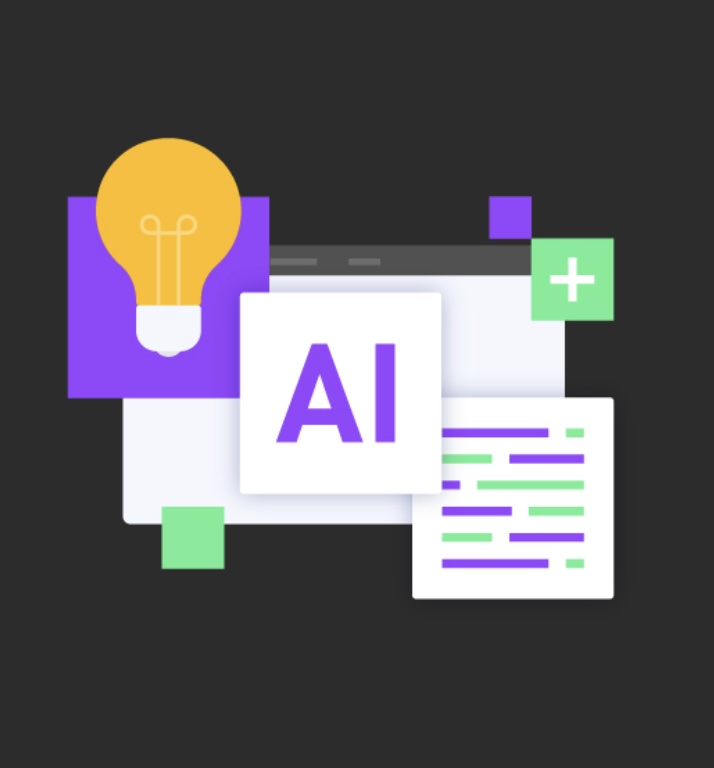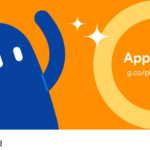Greg Castro, VP, Global Partnerships at Mobvista, explains how the benefits of automation are finally being felt in the digital media buying industry
Ever since the Romans and the Greeks first built water wheels to power the grinding of grain into flour around 2,000 years ago, automation has enabled humans to do things more easily and more efficiently. If you consider how the stuff we use every day, or the content we consume on TV, is produced, it’s no exaggeration to say that automation touches every aspect of modern life.
Automating digital marketing
In ad tech and digital marketing, automation is all around us. Think about the way campaigns are set up so that one action – or inaction – triggers another. A consumer clicks on a search result to be taken to a website. He or she browses for a while, finds something they like, puts it in the basket, and then…abandons the purchase. Cue the abandoned cart email, reminding the shopper that they are still only one click away from owning the item, only now, because the system is set up to automatically make this offer – at a 10% discount.
Or someone with the Starbucks app on their phone comes within 100m of their nearest outlet, triggering an automatic alert to their phone to let them know that the Summer Berry Starbucks Refreshers are now on the menu, because the app user had opted in to location-based alerts at some point in the past.
Or someone goes through to a website and actually gets as far as placing an order, triggering an automated text message to their phone confirming when it will be delivered.
These types of campaign automation are so commonplace that both the people triggering them and the people on the end of them barely notice it’s happening, but they are a crucial part of the digital marketer’s toolbox.
Automating creativity
Now let’s take a step back and think about the ads that might lead someone to a website or an e-commerce page in an app and how they’re created. In the days when the only options open to advertisers were the one-to-many broadcast channels – TV, press, outdoor, and cinema (plus the non-visual medium of radio) – advertisers only needed one hero image that they could use to tell the brand’s story.
Fast forward to the programmatic era, where everyone wants to target everyone individually, and automation makes it possible with DCO (Dynamic Creative Optimisation) platforms able to replicate the same basic creative with 1,000 subtle variations to speak with more relevance to different sections of the target audience.
With the introduction of AI, even the process of creating the core piece of creative from which the variations are born can also be automated. Marketing giants such as Meta are all announcing the expansion of generative AI ad tools, making it easier for advertisers to automate the creation of new ads on the platform.
The benefits of these types of creative automation are many, but the main one is in simplifying the production of more complex ad types. For example, automating playable ads allows you to test a powerful and relatively new ad format quickly, and at minimal cost.
The media buying gap
Strangely, in this automation-dominated industry, one part of it seems to have escaped automation’s clutches — that’s media buying. The original promise of programmatic was indeed a world where everything, especially media buying, was automated. Buyers specified the type of audiences they were looking for, sellers specified the type of audiences they could deliver, and the race was on to match the two, based on who wanted to reach a user badly enough to outbid everyone else for the impression.
But while DSPs automate much of the process, manual management is still the norm when managing marketing across SDK-based networks and walled gardens. This presents challenges for app marketers who spend the vast majority of their time repeating the same processes on multiple platforms. Marketers also find themselves constantly switching between tabs as the only way to track the performance of the campaign on each platform, making vital reporting that much more laborious.
Some companies have tried to automate the process by building their own BI tools, but these are usually limited in scope and capability. But now, intelligent media-buying platforms that help streamline the process of ad buying are emerging. These platforms that put all your media buying channels in one place help to bridge the gap between automated DSPs, labor-intensive SDK-based networks, and walled gardens. This eliminates inevitable repetition to simplify the complexities of media buying across diverse platforms.
Such platforms automate the buying process in a way that makes it much more efficient and scalable than ever before, using rules-based algorithms to effectively put the buyer in total control of cross-channel campaigns 24/7. They simplify campaign creation, management, and optimization, and for the media buyer, they mean the days of switching between a dozen tabs to monitor campaign performance are over, with everything displayed in one dashboard.
It may have taken a while for true automation to come to digital media buying, but given the efficiencies and the level of control it delivers, now that it’s here, it looks like it’s here to stay.







Comments
Loading…